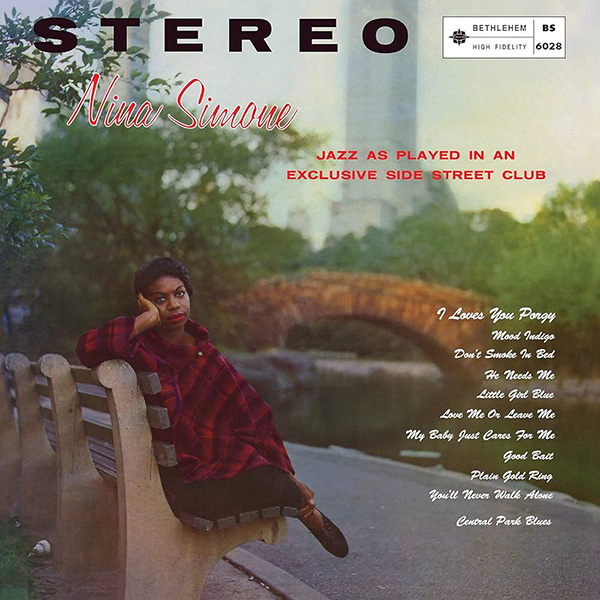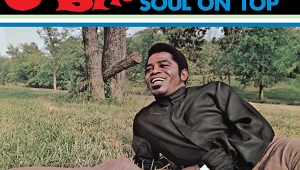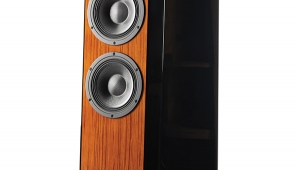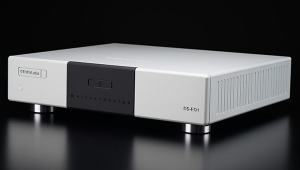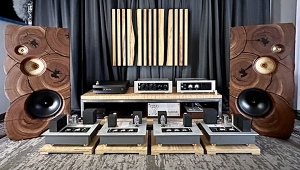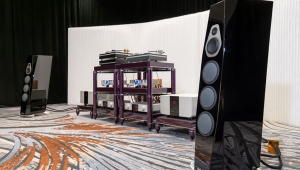| Columns Retired Columns & Blogs |
I don't know if you've been, but it's very much in the vein of the exhibition you saw - if you haven't and you're ever in Houston, TX you should visit (and the Menil Collection nearby, my personal favorite art museum). I visited as a teenager in the 1980's, and even at that young age it was profound.
Mark Phillips






